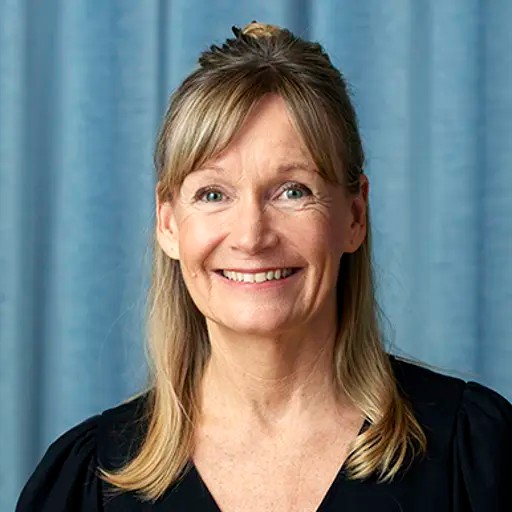The workshop "Biorefining of Underutilised Blue Resources" recently brought together participants from academia, fisheries, food tech industries, seafood producers, representatives from municipalities, government agencies, and science parks, to highlight the potential of underutilised blue biomass.

There is a significant amount of underutilised blue biomass in Sweden, which is currently being used for animal feed instead of being utilised as food. Examples include small pelagic fish species like herring and sprat, as well as side streams from the seafood processing industry. However, through research and industry collaborations, several techniques have been developed to use these resources, and they have shown promise both at the laboratory and pilot scale.
During the workshop, researchers from the Division of Food and Nutrition Science and the startup company AquaFood presented several of these methods.
"In order for the developed process techniques to have an impact in society, we now need to focus on further upscaling, commercialization, market issues and consumer attitudes," said Ingrid Undeland, Professor of Food Science and main initiator of the workshop.

Essential to demonstrate sustainable alternatives
The workshop was organized as an activity within various projects, including the EU project WaSeaBi, the VGR project BlueValue, the Vinnova project BlueBio and the Länsstyrelsen-funded project Sill 2.0. All these projects work in different ways to increase the value of underutilised marine species and side streams.
"For example, it is essential to demonstrate how we can sort, stabilize, and make seafood side streams available to companies which have the right valorization technologies. Today, many seafood companies sell their rest raw materials as animal feed because it's the easiest way, and it is what they are accustomed to. We must show the alternatives," said Ingrid Undeland.
The workshop was also an outcome of work in the Collaboration Platform for Biomarine Industries (website in Swedish) and Blue Food − Centre for the future of seafood which brings together e.g., companies, academia, authorities and the public sector to boost the blue bioeconomy on a regional and national level, respectively.

Inspired by successful projects
Pelagic Seafood, a seafood company based in Gothenburg, is collaborating with food scientists from Chalmers in two projects, including Sill 2.0, with the aim to utilise a larger portion of the landed herring and sprat for food.
“While I was listening throughout the day I realized more and more how dedicated the speakers are to make a change. It was very inspiring to hear about successful projects, as well as ongoing projects which will help us all to make better use of our resources in the future,” says Lars-Uno Bryngeld, representative from the company.
Ola Ekman from Upcyclr AB, who works with grinding techniques, also participated in the workshop, and he finds the potential in residual streams from the seafood industry very inspiring.
"It was exciting to hear how Iceland, has increased overall profitability by smart, sustainable solutions in the seafood industry, despite decreasing the amount of fishing by half," he says.
Awareness of valuable resources increases
Ingrid Undeland emphasizes the value of so many different stakeholders gathering and providing input on the potential of underutilised blue biomass.
"It is clear that awareness has increased that these resources are far too valuable to export for low-value purposes like fishmeal," she says.

Read more
- Pressrelease: New technology turns the whole fish into food
- Pressrelease: New dipping solution turns the whole fish into food
- Report in Swedish (including a summary in English): Vägen framåt mot mer livsmedel av svenskfångad sill och skarpsill
Contact

- Full Professor, Food and Nutrition Science, Life Sciences